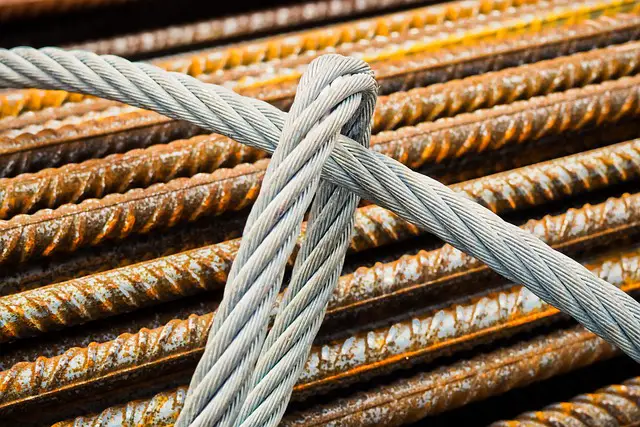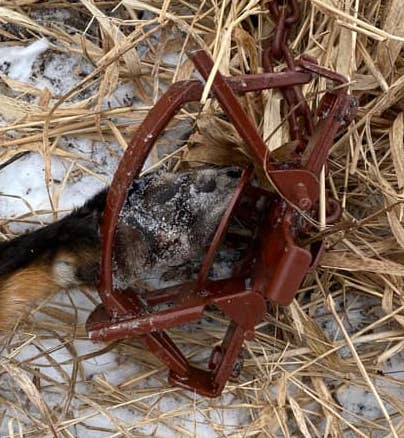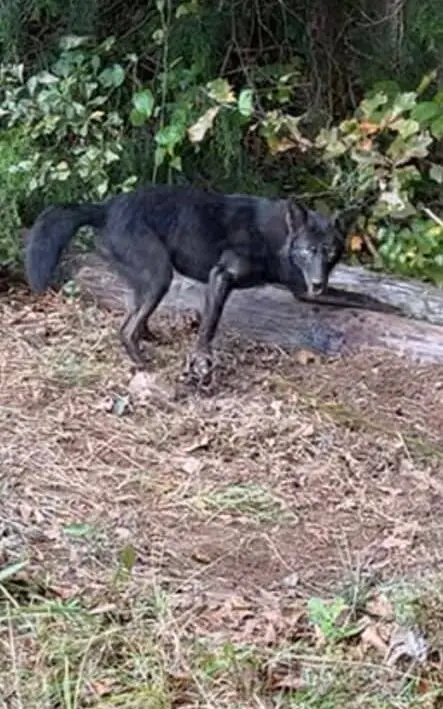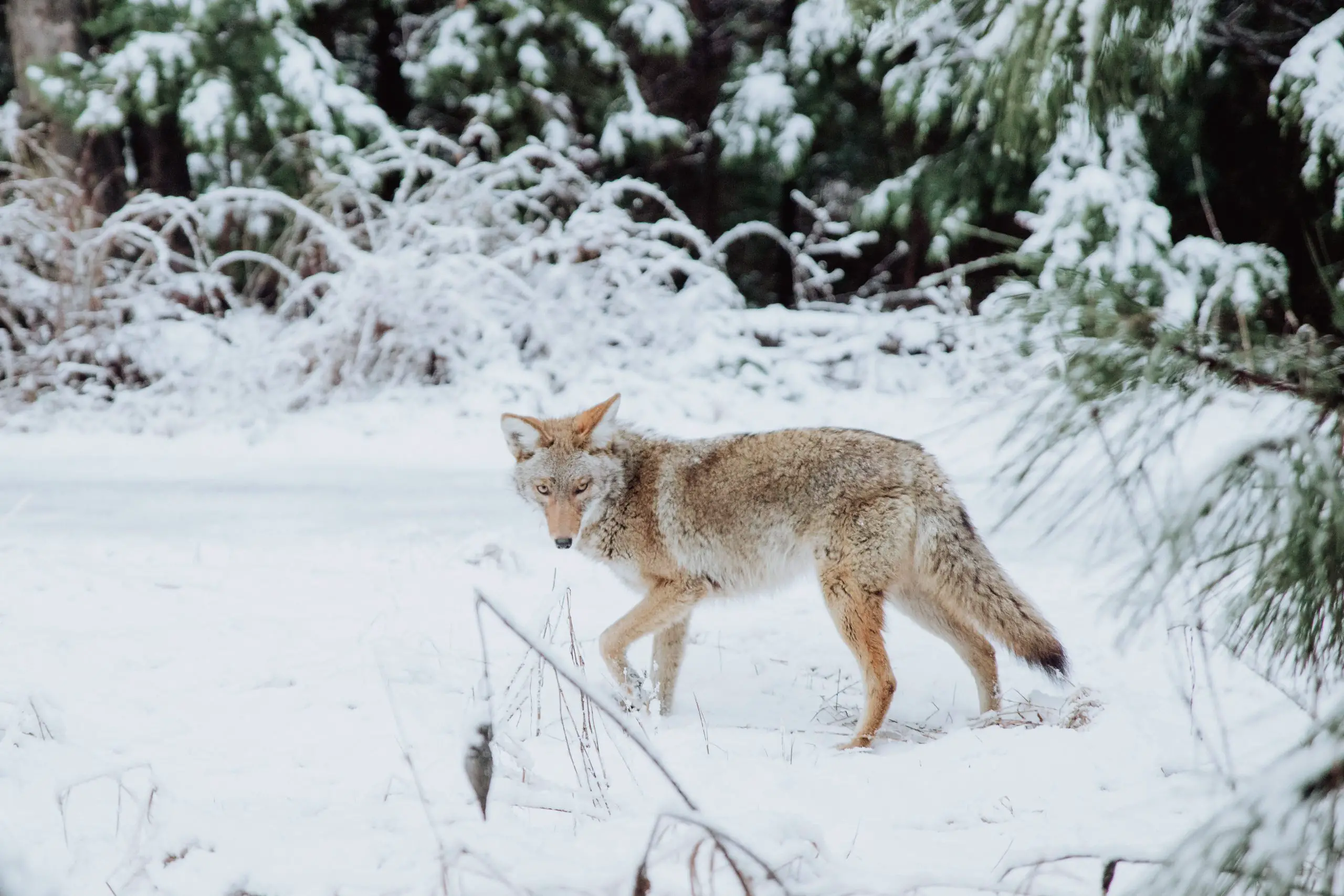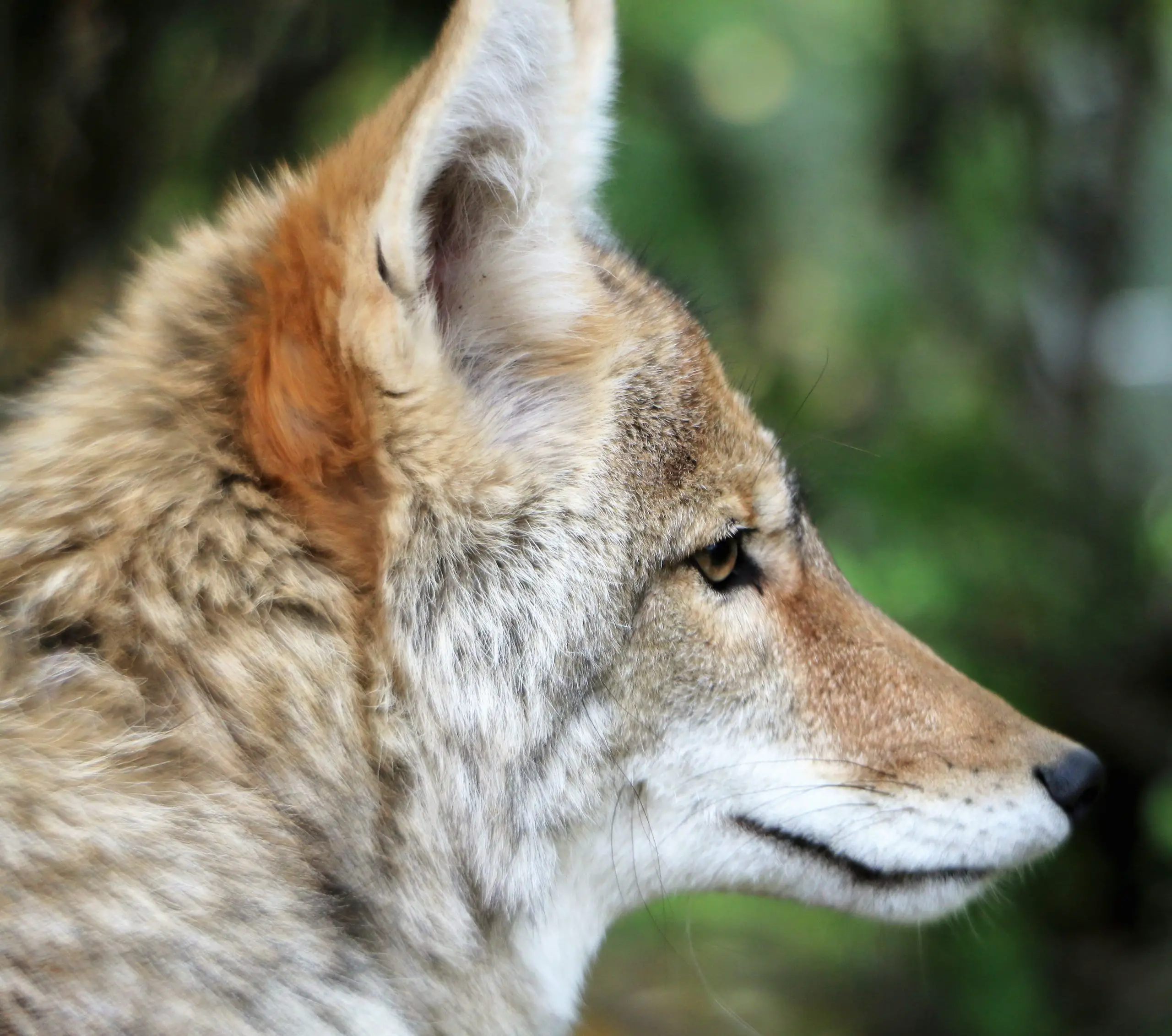How Long Can a Raccoon Live In a Trap?
I am guessing you found us because you have set a raccoon trap and can’t take care of it right now. Well, take a deep breath. That raccoon does not need to be removed from the trap immediately.
A raccoon can live comfortably in a live trap for anywhere two to three days. This will work best if the raccoon is in the shade and not in direct sunlight all day. Removing the raccoon from the trap within twenty-four hours is best for the raccoon.
If the raccoon is in a live trap and you are on your way to work, you can place that raccoon in a location where it will be shady all day. When you get home from work you can take care of that raccoon.
Leaving the Raccoon In a Trap All Day
If you need to leave the raccoon in the trap all day that might be your best option. Make sure the raccoon is in the shade. The raccoon will be more comfortable and not get heat exhaustion in the sun. Heat exhaustion and dehydration can kill them during the day.
Make sure no pets or people will be near the raccoon for the day. Make sure you keep your dogs and cats away from the raccoons. Raccoons are tougher than they look and can take on your dog or cat if they decide to fight.
A raccoon can also hurt people who don’t know they are there in the trap. Let your kids know to stay away from the raccoon. Raccoons carry a lot of dangerous diseases such as rabies and do not have any symptoms. Be extremely careful not to get bit by them.
Check and make sure the raccoon is trapped well. If you think there is any possibility that the raccoon will escape during the day, you need to take care of it immediately or all your work trapping the raccoon will be for nothing.
Relocating the Raccoon
If you are planning on relocating the raccoon you have caught you need to understand two important points. Is it legal to relocate the raccoon, and if not how can a raccoon be dispatched humanely?
Know Your State Relocation Laws
In many states, it is illegal to transport a raccoon anywhere and the fine for doing so can be expensive. In my home state of Utah, it is an infraction to be in possession of a raccoon.
An infraction can be punishable by fining the person in possession of the raccoon up to 750 dollar fine or equal service hours to pay off the fine. Not to mention it goes on your record. Not something I want to be involved in.
In other states, it is legal to relate a raccoon to another location. In some states, raccoons can only be moved a set distance. It is best to know the law so you are not stuck with the fine or the record.
If you are going to be relocating the raccoon, I would recommend taking it at least 20 miles away so that it will be very difficult for it to return. Raccoons that are not taken far enough away may return within a few days and won’t be as easy to catch.
Transporting a Raccoon
When transporting a raccoon make very sure the raccoon is not going to get out of the trap. I would hate for you to have a raccoon running around your car when you are driving down the freeway. If you are worried, wire the door of the cage shut.
Placing a blanket over the trap can help calm the raccoon. If they can’t see what is going on they are less nervous. When releasing the raccoon remove the blanket.
If you are putting the raccoon in your car and placing it on a seat, I would put a bag or a tarp under the raccoon so it does not dig holes in your seat or urinate all over.
How to Release a Raccoon From a Live Trap
The biggest risk you have is getting bit or scratched by a raccoon. So be aware that they will bite you and or scratch you. Seek medical help immediately after being bit by a raccoon.
To release a raccoon from a live trap, tie a rope to the bottom of the door. Then, you can open the door slightly by pushing the locking bar in and lifting up on the door. Keep the rope tight so the door stays slightly open. Move to the back of the trap and with the string pull the door open.
You do this because resetting the trap is not an option because the raccoon may step on the trigger again.
If the raccoon does not notice the door is open, tip the trap towards the open door by using the handle on the top. If the raccoon comes out and comes after you, run or turn and give it a swift and hard kick. Usually, you don’t have to worry about that though.
Another option is to get a short stick and lift open the door. Place the stick under the door of the trap propping it open. Then move to the back of the trap. The raccoon will probably be nervous and move to the open side of the trap and go out.
Dispatching the Raccoon
If you need to dispatch the raccoon because you are not going to relocate it, I would recommend using a .22 air gun, rifle, or pistol. The quickest place to shoot the raccoon is right between the eyes and a little back. Shoot down when aiming at this location.
Another place you can shoot a raccoon is right behind the front shoulder through the center of the body. This is a slightly slower kill but it is still very humane.
Some people will drown raccoons and if you have enough water to completely submerge the trap this can be a good way to go. Especially if you don’t have a gun or live in a city where you can’t shoot guns.
Get Rid of a Dead Raccoon
The easiest place to get rid of a raccoon is to put it in your garbage can. Yep, you can throw it away with the trash.
The only downside is if the garbage is more than two days out from being picked up and it is hot outside the raccoon can really start to stink.
Another way to get rid of them is to see if a tannery or trapper will pay you for the raccoon to skin. The best time of year for this is the winter months when the raccoons are prime or have the best fur on them.
Another idea is you can bury the raccoon in your yard. You can dig a two to three-foot hole and bury the raccoon in it. It will usually decompose quickly.
Call your local state wildlife officer for other legal ways to dispose of the dead raccoon.
Raccoon Safety
Many raccoons carry rabies without getting sick from the disease. Remember if you are bit or scratched by a raccoon, you need to seek professional medical help from a doctor.
Don’t put your fingers in the cage when the raccoon is in it. They may look like cuddly friends but they have very large teeth.
Leaving a raccoon in a trap for more than 24 hours will cause the raccoon to start to need water and food. Try to have the raccoon out of the trap within 24 hours of being caught.
If you catch a raccoon with a dog-proof or foothold trap and it is not in a cage, you can use a catch pole to dispatch the raccoon. You can also use a catch pole to move a raccoon to a cage for relocation.


